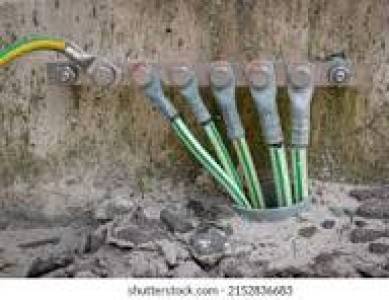
Electrical earthing, also known as grounding, is a crucial safety measure that protects people and equipment from electrical hazards. It provides a low-resistance path for fault currents to flow safely to the earth, preventing dangerous voltage buildup and minimizing the risk of electric shock or equipment damage. This comprehensive guide covers everything you need to know about effective electrical earthing.
Electrical earthing is not merely a regulatory requirement; it's a critical safety mechanism. Its primary functions include:
Different earthing systems cater to various needs and environments. Common types include:
A complete earthing system involves several essential components:
Selecting the appropriate earthing system depends on several factors:
Regular inspection and maintenance are crucial for ensuring the continued effectiveness of your earthing system. This includes:
Properly designed and maintained electrical earthing is paramount for safety and the reliable operation of any electrical system. Consult with qualified electricians and adhere to all applicable regulations to ensure the safety of your property and personnel.